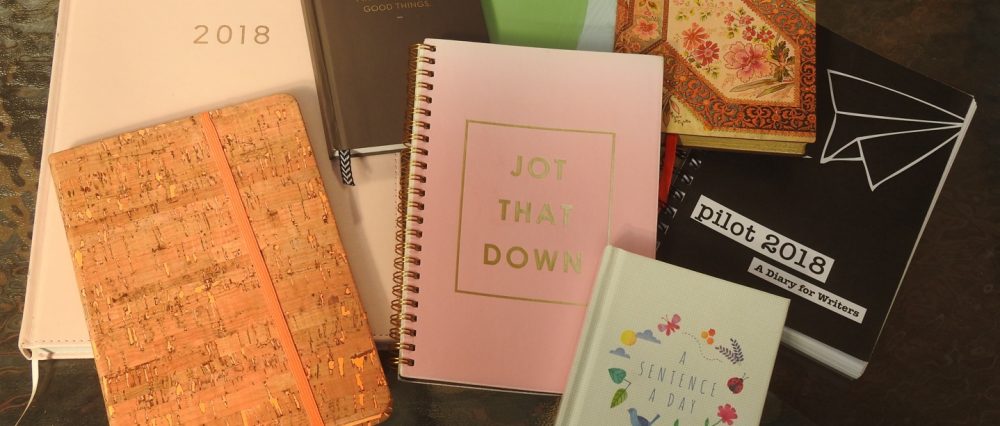This year I have been attending some of the Bendigo Writers Council meetings. They meet once a month and they have a guest speaker at each meeting. These could be, editors, publishers, authors of different genres talking about their novels and how they got it done or even travel writers. Last night was a very cold and wet night and I nearly didn’t go along to the meeting but I had been keen to hear this guy and my curiosity got the better of me.
Tim Richards is a travel writer and a good one. He was the winner of the Best International Travel Story under 1000 words at the 2016 Australian Travel Awards and has written articles for many magazines, newspapers and often in-flight magazines. You know the ones, you find them in that funny webbed pocket on the back of the seat in planes. I flick through them occasionally and have a read if I find something interesting.
When I go on holidays I like keeping a log about everything we do and I take heaps of photos too, so last year I made up a photo book which showcased my photos and had the story of our holiday woven through the book too. But my travel writing so far has been more like a diary and I was hoping Tim Richards had some hints I could use to jazz it up a little and make it interesting for anyone to read, and he did.
The biggest hint Tim gave out was to make sure the article doesn’t sound like a glossy travel brochure. I thought about that and I realised travel brochures are designed to get us to go to that place and spend money. Whereas a travel article is a story about someone’s travels, the things they saw, liked, disliked and the funny, weird or emotional things that happened along the way. 
More hints were – Take photos along the way, this is an easy way to remember what you saw and how it made you feel at the time. Photos have an amazing way of taking us straight back to that spot.
Write things down – probably an obvious one but when you write, remember to use descriptive words and to use your senses. What does it feel like, smell like, sound like and taste like? Let your writing contain facts as well as emotion, because you need the balance of personal story and useful information all the while conveying what’s it like to be there.
Lastly, write about things that your readers can go off and do themselves.
I learnt a lot in the two hours I was at this meeting and for my next trip away I’m going to try to approach my travel log from a different angle. If you have ever wanted to write a travel article, for yourself, your family and friends or to have it published, think over Tim’s hints and just go for it.
Polly

